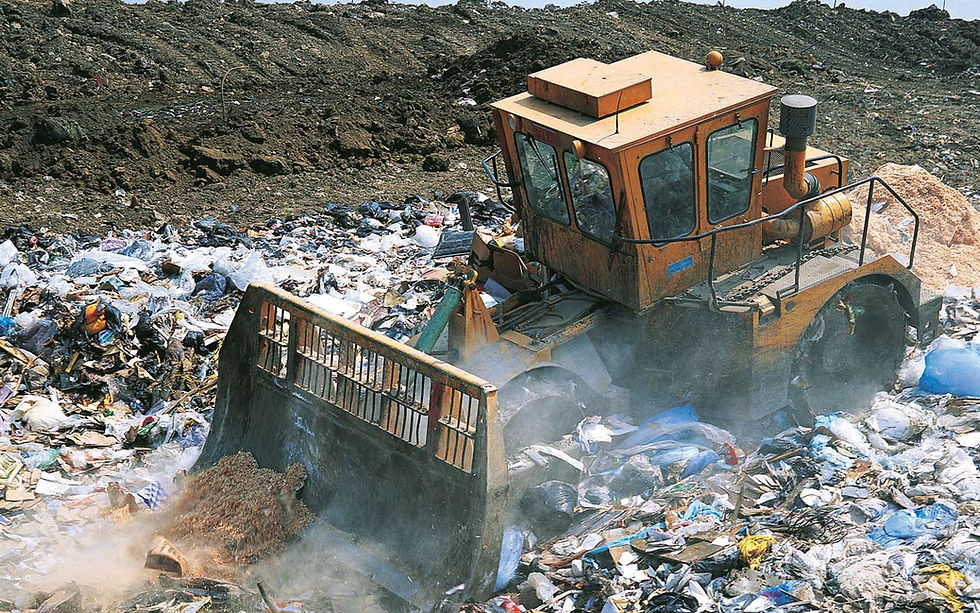The Impact of the Fashion Industry
- Tailor Sallee

- Sep 19, 2019
- 2 min read
Updated: Dec 18, 2019

When we think of industries that are having a harmful effect on the environment, manufacturing, energy, transportation and even food production might come to mind. But the fashion industry is considered by the UN Conference on Trade and Development (UNCTAD), to be the second most polluting industry in the world.

Water-
Around 1/5 of the world's population live in water deprived areas. That's about 1.2 billion people without water. On average, 200 tons of water are used for every ton of textile production. In smaller terms it takes about 2,000 gallons of water to grow enough cotton to produce one pair of blue jeans.
Pollution-
Many textile factories also dump untreated chemicals into rivers and are responsible for some of the most polluted rivers in the world. Dumping

of toxic chemicals used mostly for dying fabrics has made large sections of major rivers like the Citarum river in Indonesia and Pearl river in China uninhabitable for fish and other animals. Alongside these environmental costs, many people
depend on rivers for drinking water, washing and bathing, irrigating their land
or as a direct source of food. High rates of cancer and other diseases have been found in communities living next to highly polluted rivers, particularly near textile factory water outlets.
Production Emissions-

Production processes emit CO2 and other greenhouse gases which pollute our atmosphere. For example, cotton, leather, and other raw materials grown in industrial farming operations create huge ecological footprints. Also the production of polyester, nylon, and other petroleum based materials emit harmful greenhouse gases like nitrous oxide, which is almost 300 times more potent than CO2.
Transit Emissions-

98% of clothing bought in the US was imported from abroad. A single cotton T-shirt transported from Xinjiang, China to LA results in over 9,000 "clothing miles" and
over 2 pounds of CO2
equivalent emissions.
Thrown out clothing-

Americans throw away over 14 million tons of textile materials a year. Over 99% of the clothing thrown away in the US can be recycled or reused, but sadly more than 85% ends up in landfills. Even in a landfill these materials don't just go away- nylon takes 30-40 years to biodegrade, while polyester requires more than 200 years. Once thrown into the landfill these man made materials release chemicals like formaldehyde, heavy metals, BPA, and PFC's into the environment.








Comments